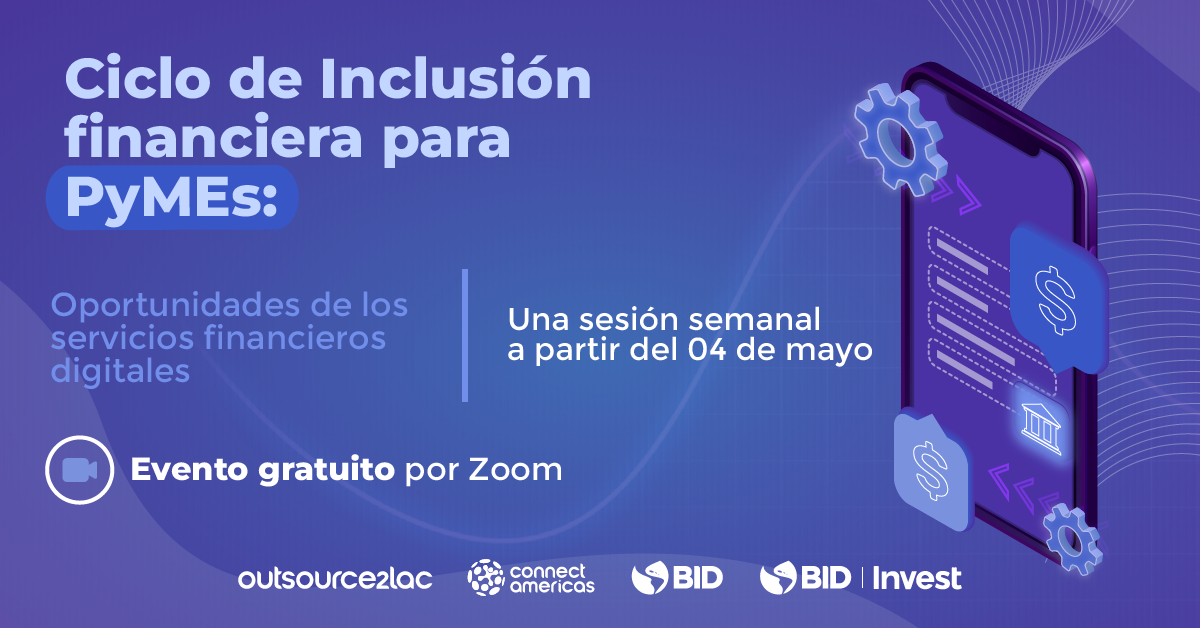Financial inclusion consists of the level of access and use that individuals and companies have to formal, safe, accessible and sustainable financial services. In addition, the concept of financial inclusion includes the level of satisfaction and well-being that individuals and businesses obtain when using the services. Some concepts related to financial inclusion are access, usage, wellbeing
- Access refers to the degree to which new or underserved consumers can obtain appropriate financial products and services at an affordable price.
- Usage refers to the frequency with which people make use of the services.
- Quality relates to the degree to which people are satisfied with the services provided and the extent to which they truly address their needs and challenges.
- Financial wellbeing refers to the adequate management and level of financial education of the users of financial services, making them a support and an impulse for their operations.
Although in Latin America and the Caribbean close to 90% of formalized SMEs have at least one financial product, access to and use of financial services by microenterprises and non-formalized SMEs still has great opportunities for improvement. Financial inclusion is one of the most important global challenges, prioritized among the United Nations Sustainable Development Goal 8, since the growth, sophistication and export capacity of companies depends to a large extent on their access to financing and related financial services that support their expansion.
Today we held the first session of our Cycle of Financial Inclusion for SMEs, where we were joined by executives from the Fintech Associations of some of the countries in our region. To watch the recording (in Spanish) of this event click here.



Follow Us